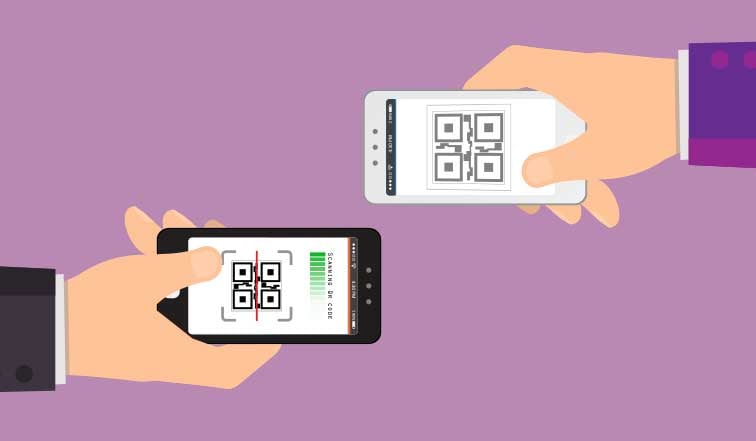
What is an Asset Tag and how are they used?
An asset tag is a label with a barcode or QR code, unique ID number and sometimes a school/company name or logo. Physical assets are tagged with these labels and used in tandem with asset database software. The tag barcode is assigned a unique asset ID number against which the database software holds important asset details such as purchase history, cost, location owner and much more.

Asset Tags are commonly used in business to support inventory control, Work in Progress (WIP) supply chain management and Computerised Maintenance Management Systems (CMMS). The use of asset tags with built-in security features, such as tamper-evident asset tags, enable organisations to keep tighter control over assets that are rarely ever in the same location and provide a deterrent to theft of high-value assets. They can be found anywhere, including healthcare, telecommunications, military defence, manufacturing and education. Schools use asset tagging to improve the speed and accuracy of their School Asset Management i.e. the pro-active, coordinated process of identifying and maximising your assets’ value.
What kinds of Asset tags are there?
There are a number of different asset tags for different requirements :
- Foil Asset Tags - flexible, durable and suitable for all surfaces. Their aluminium base makes them well suited to laptops and electrical machinery.
- Polyester Asset Tags - typically used on furniture, home fixtures, non-electrical equipment and computers.
- Tamper-Evident Asset Tags – used for security purposes, signifying if goods have been handled or tampered with.
- RFID Asset Tags - with chips or magnetic strips to identify assets.
- Smart tags - can be used to record other attributes besides location such as temperature in storage or transport.
How does an Asset tag speed up your school asset inventory?
Audits can be completed quickly, easily and accurately. The use of a barcode on the asset identification label, and a handheld computer (with integrated barcode reader) to read those labels, means that it takes less than a second to audit each asset.”
An Introduction to Asset Management for Physical Assets, SageData
Using asset labels to track and collect asset data has proven to be faster, cheaper, and more accurate than manual data entry. As barcodes provide error-free, machine-readable recording through their scanners, you reduce manual transcription errors (human error). This can take days out of the school annual asset inventory.
